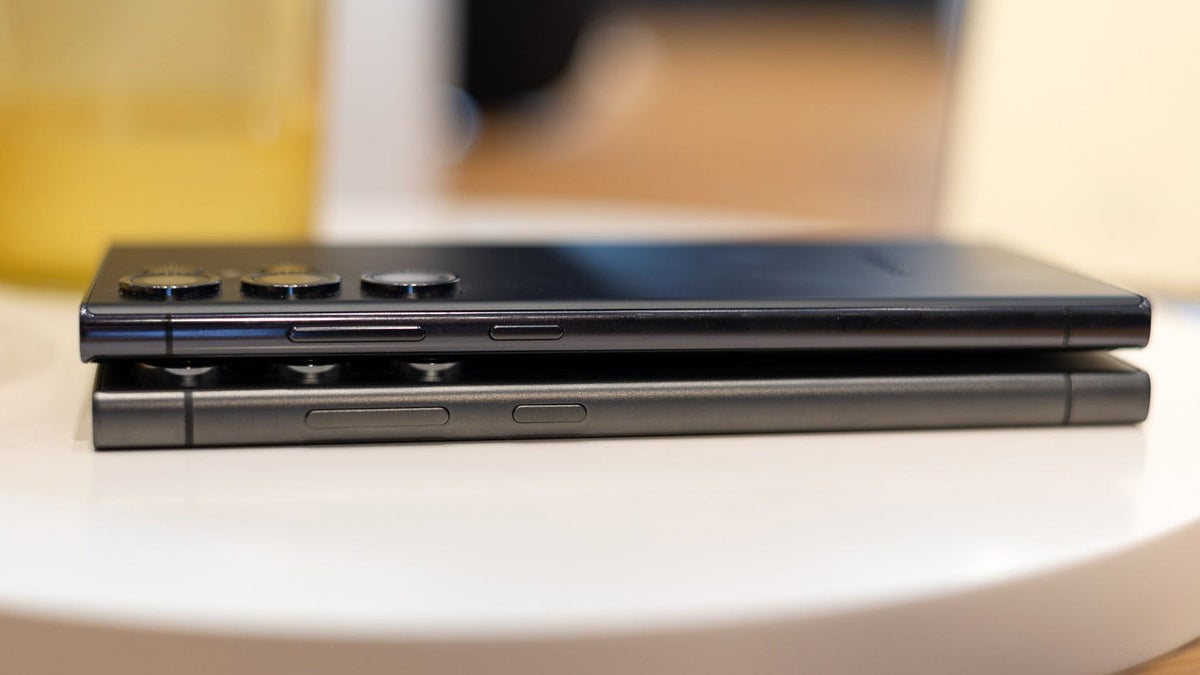
The new Apple MacBook Air featuring the M3 chip has been introduced, with improvements particularly noted in its internal SSD transfer speeds for the entry-level models. The M3 MacBook Air’s 256 GB storage now includes two NAND flash chips, which has resulted in significantly faster read and write speeds compared to the previous M2 model. The M3’s write speeds are 33% faster, and read speeds are 82% faster than the M2. Despite these enhancements, the performance still does not match standard PCIe 3.0 x4 drives, and the entry price of $1,099 is thought by some to be a little on the steep side. Let’s investigate a little further in this Apple MacBook Air M3 Teardown with the help of Max Tech.
The latest Apple M3 MacBook Air has made a significant leap in performance by incorporating two NAND flash chips, doubling what you found in the previous M2 version. This change has led to a 33% boost in write speeds and an astonishing 82% surge in read speeds when compared to the M2. Although these speeds don’t quite reach the levels of standard PCIe 3.0 x4 drives, the difference in everyday tasks is minimal, and you’ll likely notice your applications and files loading faster than before.
Cooling is a crucial factor to consider with any laptop, and the MacBook Air is no exception. Its fan-less cooling system is designed to keep things quiet, but you might wonder how it will handle the heat generated by the more powerful M3 chip. Effective thermal management is key to maintaining performance and extending the life of your device. With the M3’s enhanced capabilities, the fan-less design might be pushed to its limits, so it’s something to keep an eye on.
Here are some other articles you may find of interest on the subject of Apple MacBook Air laptops :
- How to take a screenshot on a MacBook Air
- Best Refurbished & Restored Tech, Discounts & Sales – StackSocial
- Apple MacBook 12” 1.2GHz, 8GB RAM 512GB SSD – Rose Gold
- More Details on the 2024 MacBooks and MacBook Air
- Apple M2 MacBook Air vs M3 MacBook Air
Pricing
When it comes to price, the MacBook Air starts at $1099, which has sparked discussions among tech enthusiasts. Some argue that this price is a bit steep considering the performance you get compared to other laptops on the market. However, it’s important to look at the whole picture, including the range of features and how well the MacBook Air fits into the Apple ecosystem, which is known for its seamless user experience.

The MacBook Air comes with a standard 8 GB of RAM, which works in tandem with the M3 chip to ensure smooth multitasking and quick access to your favorite apps. The combination of the M3 chip, the upgraded SSD, and efficient RAM usage all contribute to a user experience that’s both seamless and snappy.
The new MacBook Air with the M3 chip is a step forward for Apple’s laptop range, offering a significant improvement in SSD transfer speeds thanks to the addition of an extra NAND flash chip. While it may not outpace the performance of PCIe 3.0 x4 drives, the speed enhancements will be more than sufficient for most users. When thinking about whether to purchase this laptop, consider the price and how the device manages heat.
These factors are part of a bigger conversation about what you value in a laptop and how it performs according to your needs. With its stylish design, improved components, and the promise of a smooth Apple experience, the M3 MacBook Air remains a compelling choice for many users. For full specifications and more details on the new range of Apple MacBook Air laptops powered by the Apple M3 silicon chip jump over to the official Apple website.
Filed Under: Apple, Laptops, Top News
Latest Geeky Gadgets Deals
Disclosure: Some of our articles include affiliate links. If you buy something through one of these links, Geeky Gadgets may earn an affiliate commission. Learn about our Disclosure Policy.
[ For more curated Apple news, check out the main news page here]
The post Apple MacBook Air M3 teardown reveals its faster dual NAND flash first appeared on www.geeky-gadgets.com



/cdn.vox-cdn.com/uploads/chorus_asset/file/25546607/image__21_.png)









